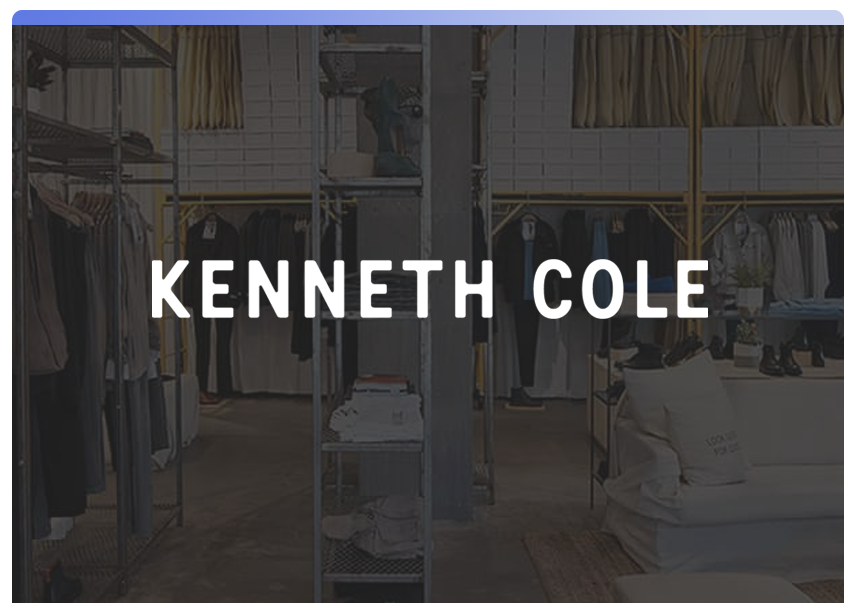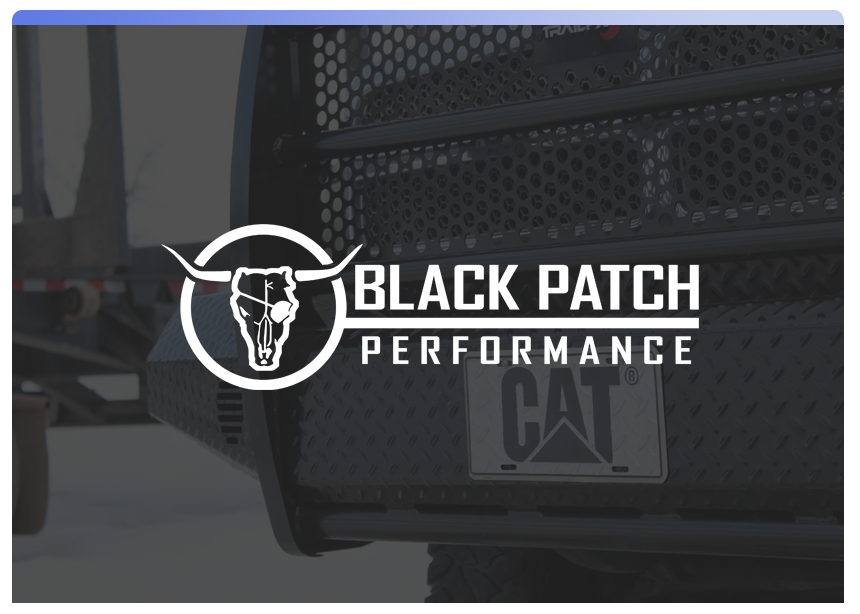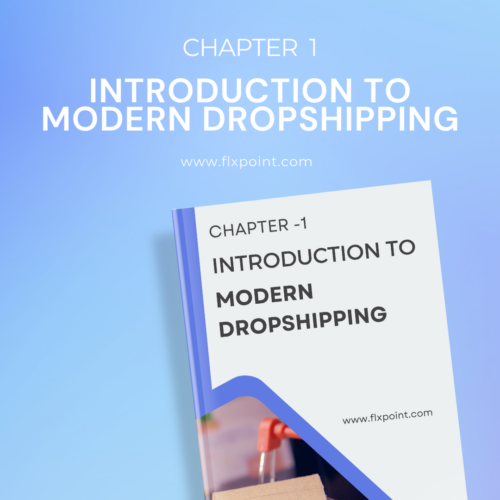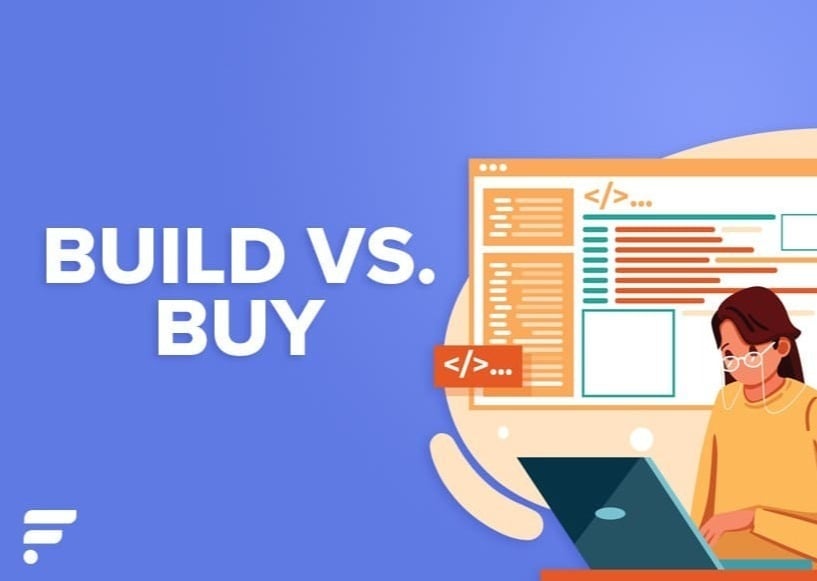Ecommerce Guide for the Modern Merchant The Modern Merchant Playbook
How Today’s Fast-Growth Retailers Automate, Integrate, and Scale Smarter
What is a Modern Merchant?
The ecommerce landscape is shifting. Fast.
Buyers expect real-time inventory. Suppliers expect EDI compliance. And operations teams are stuck in the middle—gluing together spreadsheets, scripts, and half-connected platforms just to stay afloat.
But the merchants who scale without burning out? They’ve built something different.
The modern merchant is a retail operator who understands that ops can’t be an afterthought. Instead, it’s a competitive advantage—powered by automation, integrations, and visibility across every channel and supplier.
In this playbook, you’ll learn:
- What’s holding most merchants back operationally
- What a scalable tech stack really looks like
- What automation delivers (when done right)
- How brands like Kenneth Cole, Screen Skinz, and Black Patch Performance transformed their ops, and their growth
1. Operational Chaos: The Hidden Cost of “Making It Work”
At first, it feels manageable.
You’ve got a few suppliers, a growing catalog, and some solid tools in place. But then the orders start to pick up. You add a new sales channel. You bring on a few more suppliers—and before you know it, your “stack” becomes a tangled mess of spreadsheets, one-off processes, and workarounds you hope no one else on the team ever touches.
That’s how operational chaos sets in. Quietly at first. Then all at once.
You’re not alone if this sounds familiar. Many ecommerce teams don’t realize how much manual workflows are slowing them down until growth stalls—or worse, starts costing them.
The signs are easy to overlook:
- Orders getting delayed because someone missed a step in a manual process
- Products overselling because inventory wasn't updated in time
- Your dev team putting out fires instead of building anything new
- Suppliers sending inconsistent data, and your team cleaning it up by hand
It’s not that your team isn’t working hard. In fact, they’re probably burning out trying to hold it all together. But the more you scale—new SKUs, more suppliers, additional marketplaces—the more your ops system starts to crack.
What used to “work well enough” now leads to errors, delays, and missed opportunities. And in ecommerce, that’s expensive.
The merchants who move fastest aren’t the ones with the biggest catalogs or the most aggressive ad spend. They’re the ones who build operational systems that flex with complexity—not collapse under it.
That’s exactly what Kenneth Cole was up against. With dozens of suppliers, a growing DTC footprint, and multiple retail channels to manage, their internal systems simply couldn’t keep up. Product and inventory updates were manual. Overselling was a constant risk. And their team was spending more time patching processes than focusing on growth.
When they switched to Flxpoint, they didn’t just fix what was broken—they built a new foundation for scale. Today, their operations are fully automated across suppliers and channels, allowing their team to focus on what matters most: driving the brand forward.
→ Read the full story: How Kenneth Cole scaled smarter with Flxpoint
2. What a Modern Merchant Stack Actually Looks Like
Modern merchants aren’t just more efficient—they think differently about how their operations should work.
They’re not stitching together systems and hoping they’ll hold. They’re building connected, flexible tech stacks designed to scale with the business—not against it.
At the center of it all is automation. But not the kind that replaces people—the kind that removes the manual friction so your team can focus on what actually drives growth.
It starts with centralized supplier integration. Instead of chasing down inventory files and uploading spreadsheets, modern merchants sync directly with vendors through EDI, API, or structured feeds. Pricing updates, product changes, and inventory availability happen automatically.
Here’s what the modern stack includes:
- Supplier feed integration that pulls in real-time inventory, pricing, and product data
- Order routing logic that automatically sends the right orders to the right suppliers, even across split shipments
- Flexible platform connections to storefronts like Shopify and BigCommerce and systems like NetSuite or ShipStation
- Configurable workflows that don’t require dev support or custom scripts
- Unified reporting that gives real-time insights into cost, margin, and fulfillment performance
The goal isn’t just to eliminate busywork. It’s to give your ops team clarity, control, and the confidence to take on new channels, new suppliers, and bigger goals—without wondering if your systems can keep up.
That’s what makes a modern merchant stack different. It’s not just built to run your business today. It’s built to help you grow it tomorrow.
Not Sure if You’re Ready for a Modern Stack?
If you're still relying on spreadsheets, manual order routing, or disconnected supplier updates, you're not alone—and you're likely already feeling the strain.
Our guide, “5 Signs You’ve Outgrown Manual Ops,” breaks down the most common red flags that show it's time to level up your operations.
Whether you're just getting started or already scaling fast, this resource will help you spot where manual processes are holding you back—and what to do next.
3. Real Merchants, Real Results
Flxpoint was built with operators in mind. Here’s how six of them transformed their growth by overhauling the backend.




Automated supplier relationships, inventory syncing, and shipment tracking across channels.
4. Build vs. Buy: When In-House Ops Stop Working
If you’ve built your own scripts or have a custom internal system, you're not alone.
It’s common for growing merchants to duct-tape together solutions as needs arise. And for a while, it works. But eventually:
- Tech debt piles up
- Supplier changes break scripts
- Dev time becomes a bottleneck
In these moments, the “build vs. buy” question isn’t about functionality. It’s about focus.
Risks & Benefits at a Glance
| Option | Benefits | Tradeoffs |
| Build (In-house or Outsourced) |
Full control, customization, maintain internal ownership |
Slow delivery, high dev/maintenance costs, fragility under scale |
| Buy (Platform like Flxpoint) |
Fast deployment, lower long-term cost, tested supplier/channel integrations | Less custom control, dependency on vendor roadmap and support |
Build vs. Buy: What to Do Next
- Complete a quick audit of your current ops stack: note breakpoints, error frequency, and time spent troubleshooting.
- Run a cost simulation comparing internal engineering time, maintenance hours, and channel expansion needs against a SaaS platform subscription and integration workload.
- Demo live use cases you care about most—like dropship routing, automated replenishment, or supplier syncing—to help inform internal stakeholders.
5. What to Look for in an Automation Platform
Not all automation tools are built to scale—and that becomes painfully clear as your operations grow more complex.
Most platforms are fine when you’re starting out. But once you’re managing multiple suppliers, tracking inventory across channels, and fielding customer expectations in real time, "good enough" breaks fast. Choosing the right platform early can save you from costly rebuilds, clunky workarounds, or an overreliance on custom dev work down the line.
A scalable ecommerce operations platform should support where you are now—and where you're going next. Here’s what modern merchants should look for:
- Supplier-First Architecture
Built-in support for EDI, API, and structured CSV integrations, so you can connect to any supplier, on your terms - Multi-Supplier Product and Inventory Sync
Centralized control over product listings, real-time stock levels, and pricing rules across all vendors - Automated Order Routing
Rule-based logic that sends orders to the best-fit supplier based on inventory, margin, warehouse location, or lead time - Native Multichannel Support
Seamless integrations with Shopify, BigCommerce, WooCommerce, Magento, and major marketplaces—plus unified product and order sync - ERP and Backend System Integrations
Connect to NetSuite, SAP, ShipStation, and more to eliminate disconnected workflows - Tracking and Status Automation
Automatically sync fulfillment updates across systems, giving customers real-time visibility—without your team chasing it manually - Configurable Workflows Without Code
Support advanced use cases like bundling, backorders, or PO logic through a no-code interface
Evaluation Tip: Go Beyond the Demo
When you’re vetting platforms, don’t just ask if it “can integrate” or “has automation.” Ask how it handles real scenarios like:
- Splitting orders across suppliers
- Triggering backorder workflows when inventory runs out
- Routing by profit margin or fulfillment speed
These aren’t edge cases—they’re what growing ecommerce brands face every day
If your automation platform can’t support how you actually operate, it’s not a solution—it’s another system you’ll outgrow.
Ready to Scale Without the Spreadsheets?
Your ops shouldn’t be your bottleneck.
The merchants who scale in 2025 and beyond are the ones who automate early, integrate deeply, and invest in systems that free up their team—not bog them down.
If you’re ready to operate like a modern merchant, Flxpoint was built for you.
Recommended Resources for This Guide

Unlock the potential of dropshipping with our comprehensive guide. Learn, grow, and succeed in the dynamic world of ecommerce.


The complete guide to recognizing when manual operations are holding your business back.

In this guide, we break down the buy vs build framework software dilemma to help you make an informed decision on whether to purchase ecommerce middleware off the shelf or build a solution customized to your business.



